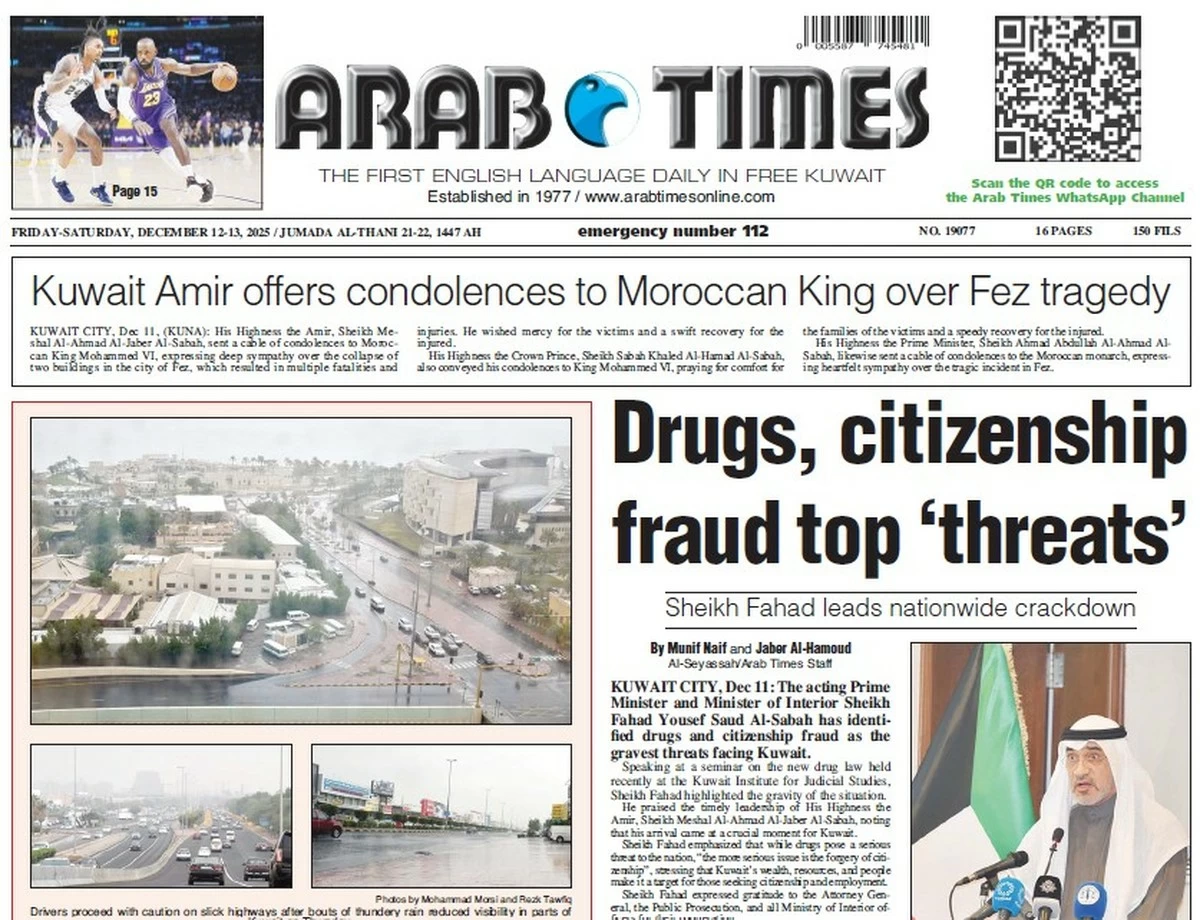23/11/2024
23/11/2024
The Kuwaiti dialect, like many regional dialects, reflects a rich tapestry of linguistic influences shaped by history, geography, and cultural exchange. Embedded within it are words borrowed from neighboring dialects and the languages of communities that came to Kuwait for work or settlement, eventually becoming integral to the country’s linguistic fabric. These borrowed terms were either seamlessly Arabized or adopted for their utility, particularly when no equivalent existed in the native lexicon. For instance, the introduction of cars to Kuwait brought with them a host of foreign terms, such as ‘Backlight’ for rear lights, ‘Dashboard’, ‘Gear’, and ‘Axel’, which found their way into the local dialect unchanged.
Similar patterns of borrowing occurred during earlier periods, influenced by interactions with English, Turkish, Persian, and other languages spoken in regions with which Kuwaiti merchants and sailors frequently engaged. The shipbuilding industry, for example, though dominated by Arab craftsmen from Bahrain, incorporated many Persian terms for parts of the ships. English contributed words like ‘Wide’, used to mean ‘deep’ or ‘plentiful.’ From Spanish, Kuwaitis adopted terms like ‘El gato’ (cat), ‘shirt’, and ‘pillow’.
Persian gave the dialect words such as ‘darbaz’ (gate), ‘badkir’ (air catcher), and ‘Fashq’ (bullet). Turkish influenced with terms like ‘Bayrak’ (fl ag), ‘çinko’ (corrugated metal sheet), and ‘Döşek’ (mattress), among others. Everyday items like ‘Kayış’ (belt), ‘masa’ (hair catcher), and ‘Kapac’ (cap or car hood) also came from Turkish origins. Other borrowed words from Turkish and Persian include ‘perde’ (curtain), ‘meyve’ (fruit), ‘zift’ (pitch or tar), and ‘eşarp’ (scarf). Additionally, unique terms such as ‘qumlak’, ‘dendarma’, ‘shalayti’, and ‘hitli’ hint at the deep integration of foreign words into daily Kuwaiti speech.
Interestingly, the linguistic exchange was not one-sided. Persian, Turkish, and minority languages such as Kurdish, Assyrian, and Chaldean absorbed many Arabic terms into their vocabularies, a testament to the interconnectedness of cultures in the region. The sheer volume of Arabic borrowings into these languages underscores the depth of this cultural and linguistic interplay.
The late Abdulwahab Al-Haroun, an esteemed MP and minister, once encouraged a deeper exploration of this linguistic phenomenon through works like Hamad Al-Saeedan’s The Concise Kuwaiti Encyclopedia and Hamad Al-Hamad’s The Kuwaiti Dialect, Journey and Documentation. Pioneers like Abdulaziz Al-Rasheed and Abdullah Al-Hatem also made significant contributions to documenting and preserving the richness of the Kuwaiti dialect. While the scope of this article limits detailed references to these works, they remain invaluable resources for understanding the evolution and diversity of Kuwait’s linguistic identity. The Kuwaiti dialect, with its mosaic of borrowed words, is a living reflection of the country’s historical connections and its openness to the world.
By Ahmed alsarraf
e-mail: [email protected]



